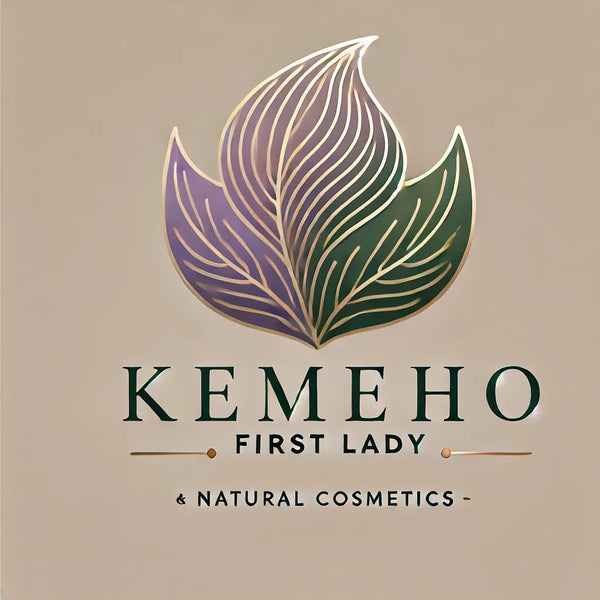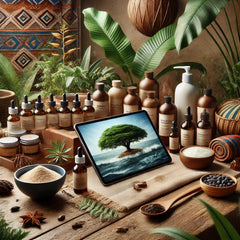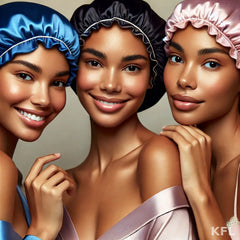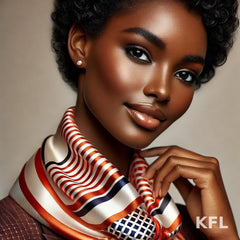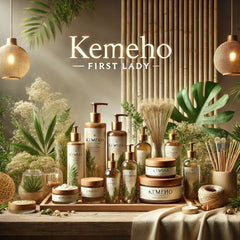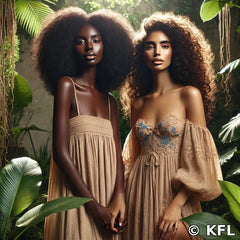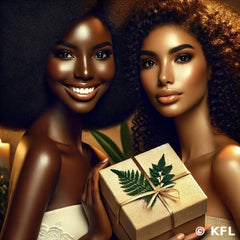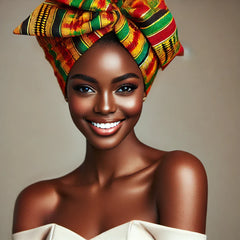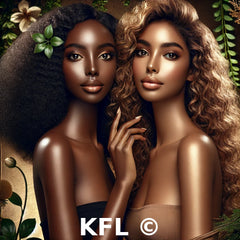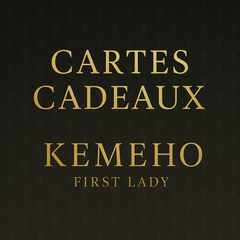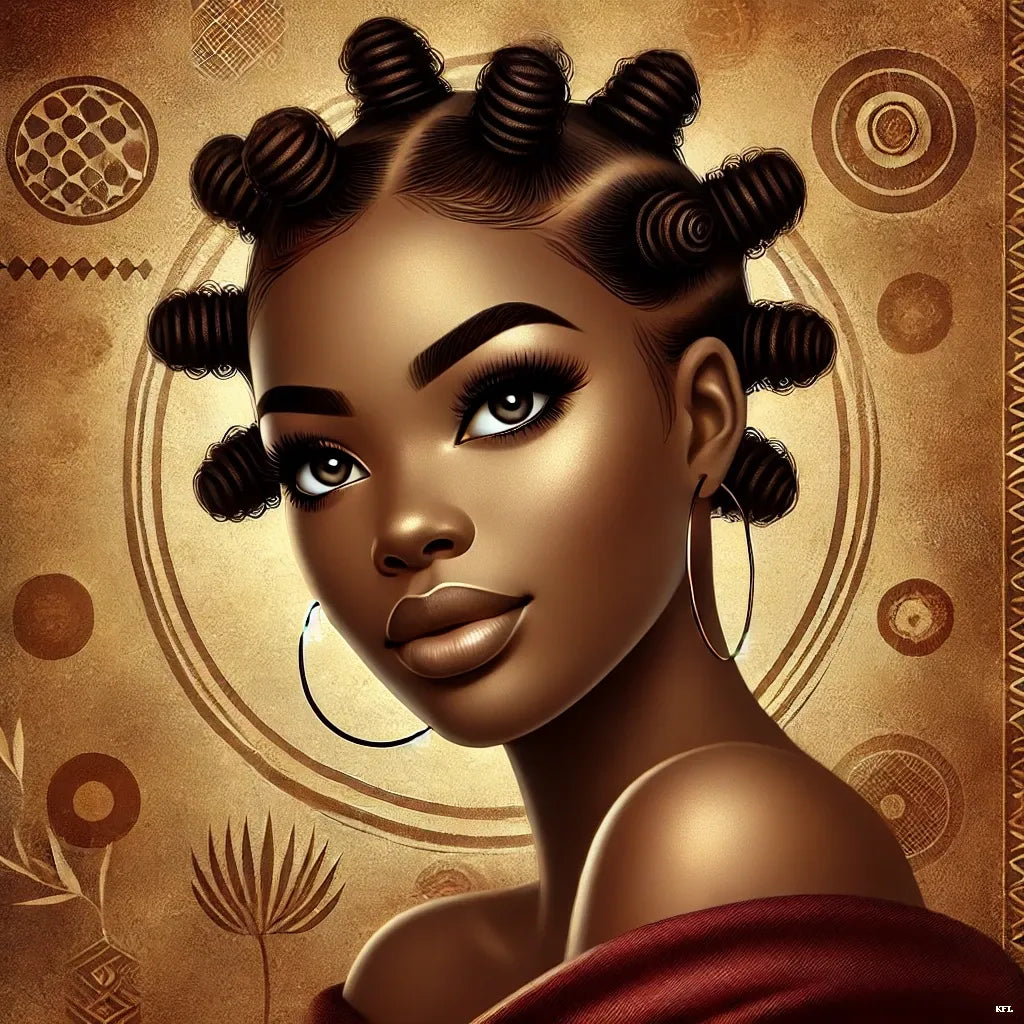
The Evolution of African Hair Traditions Over Time
Share Label
The Cultural Legacy of African Hair: A Symbol of Identity and Heritage
For millennia, hair has held a central place in African cultures. More than just a hairstyle, it is a symbol of identity, social status, spirituality, and cultural transmission. Each style, each braid tells a story, carrying on an ancestral legacy of immeasurable richness.
1. The Importance of Hair in Ancient African Civilizations
In Ancient Egypt, pharaohs and nobles wore elaborate wigs adorned with pearls and gold, symbolizing their power and status. Haircare involved the use of precious oils, such as castor oil and sesame oil, known for their nourishing properties.
In other parts of Africa, braids and intricate hairstyles often indicated ethnic identity, age, marital status, and social rank. Hair was considered an extension of the soul, and caring for it was seen as a sacred ritual.
2. Braids and Hairstyles: A Coded Language
African braids serve as a form of communication. Each pattern could express a specific message:
✅ Fulani Braids – Popular among the Fulani people, these braids are often decorated with beads and jewelry, symbolizing wealth and beauty.
✅ Cornrows – Historically used to indicate group affiliation or even map escape routes for enslaved people.
✅ Locks – Worn by Maasai warriors and Rastafarians, these represent strength and spiritual connection.
✅ Bantu Knots – A traditional Bantu hairstyle used to protect the hair and create beautiful natural curls.
3. Hair Rituals and Ceremonies in African Culture
In many African societies, rites of passage are marked by specific hairstyles:
- Initiation into adulthood – In certain tribes, young girls change their hairstyle to signify their transition into womanhood.
- Marriage – Some hairstyles symbolize union and fertility.
- Mourning – In some cultures, shaving one’s head is a sign of mourning and respect for ancestors.
4. Colonization and the Erasure of Hair Traditions
With colonization and slavery, African hair traditions were marginalized. Afro-textured hair was deemed "uncivilized", forcing many people to straighten or conceal their natural hair to align with the colonial beauty standards.
On plantations, enslaved Africans were often forbidden from styling their hair freely. Some braids were even used to hide seeds or encode messages for escape plans.
5. Returning to Our Roots: The Revival of African Hair Traditions
Today, a wave of pride is sweeping across Black communities worldwide. The natural hair movement (nappy movement) has encouraged people to embrace their natural curls and coils with pride.
- Many Black men and women are reclaiming traditional African hairstyles, such as braids, locks, and afros.
- Afrocentric brands are creating haircare products inspired by ancestral African remedies.
- Social media has helped amplify Black voices, celebrating the beauty of natural hair and reconnecting with cultural traditions.
🌍 Conclusion
African hair traditions are more than just a style—they are a powerful statement of identity and a deep connection to African history and culture. By celebrating and embracing afro-textured hair, we honor a precious heritage and inspire future generations to wear their hair with pride.
💬 Which traditional African hairstyle do you love the most? Share your thoughts in the comments!
📢 Want to explore more about African history and culture? 🌍✨ Dive into our African Travel Guide and discover fascinating traditions, iconic landmarks, and tips for an authentic journey.
👉 Click here to learn more: African Travel Guide.
